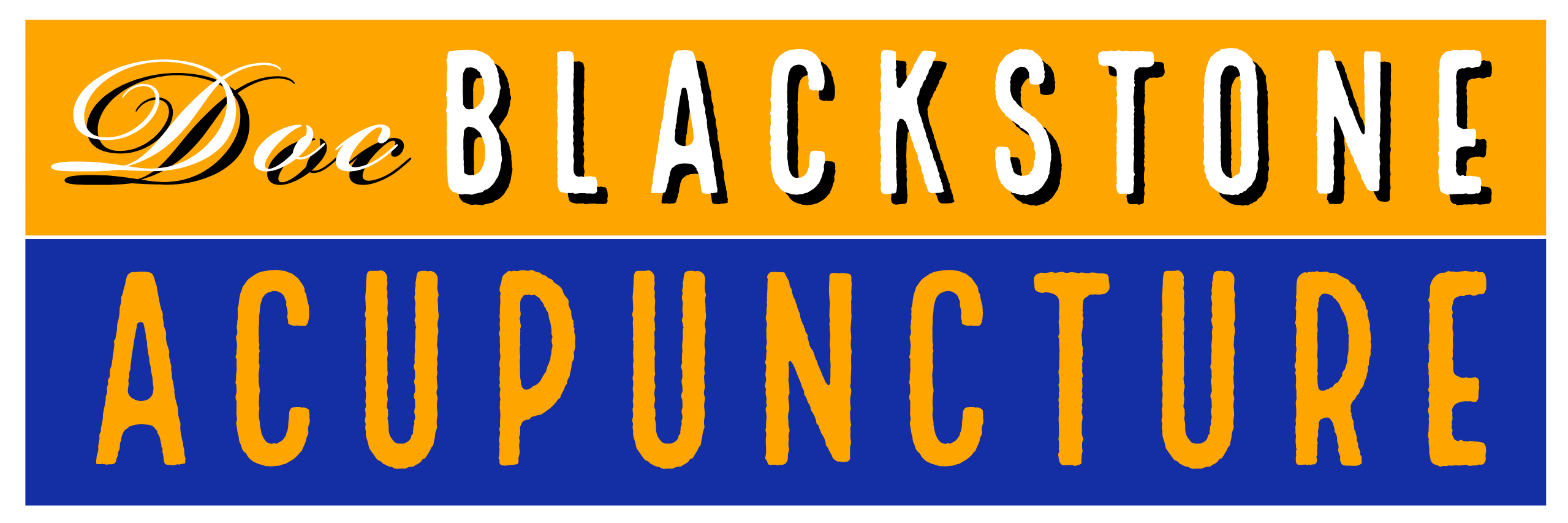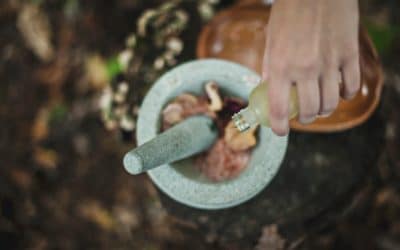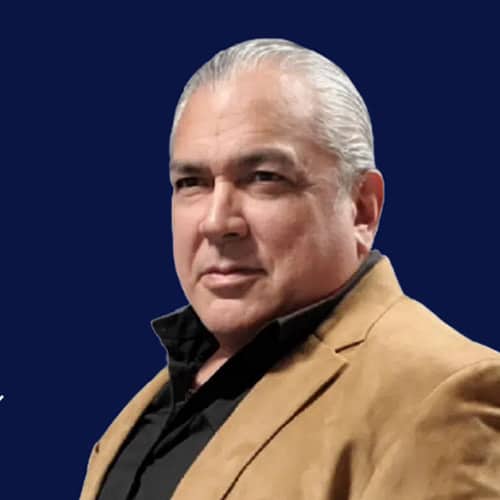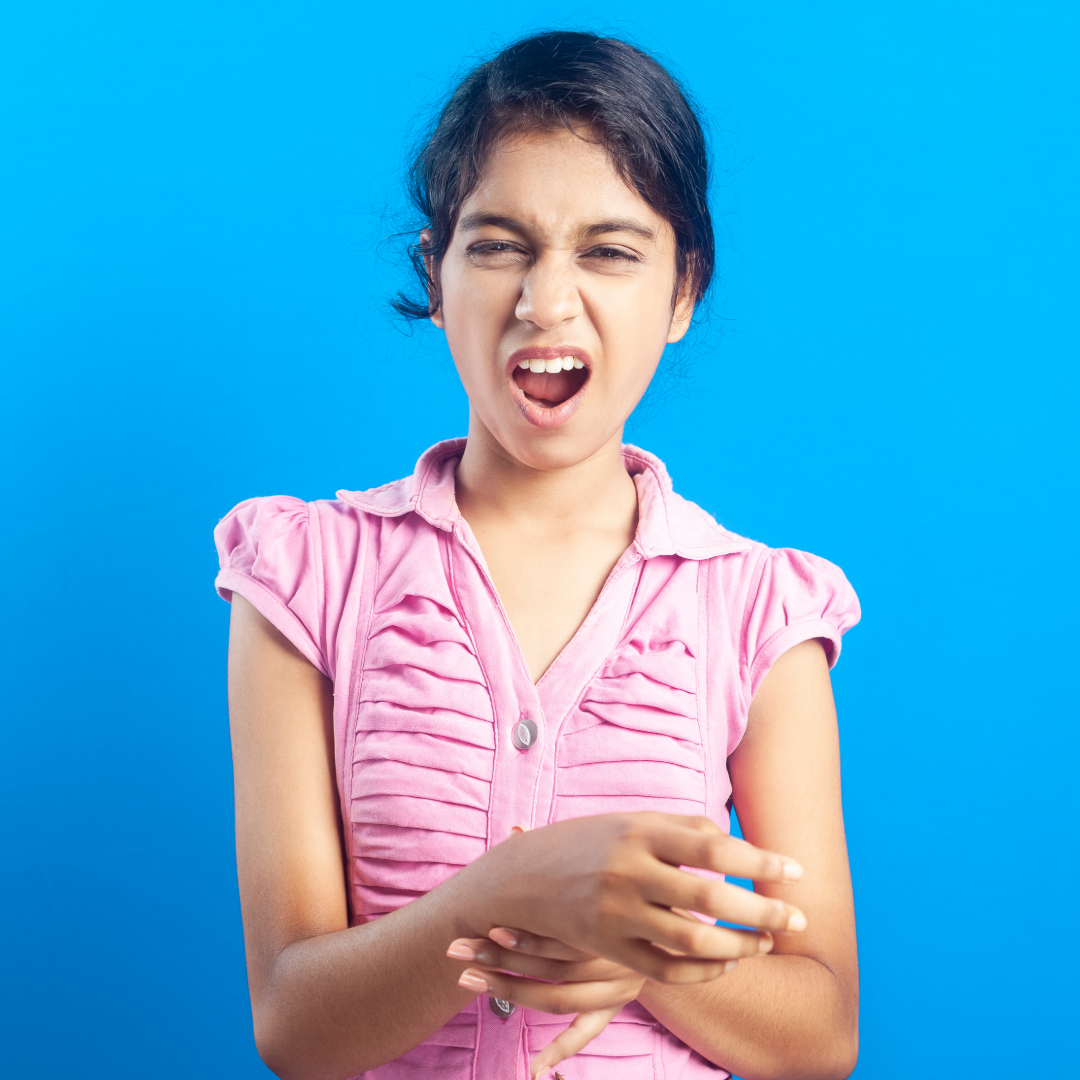“Can Asian Bodywork Therapy and Chinese Medicine help my bunions?” I often get asked how Asian Bodywork Therapy and Chinese Medicine can help a condition that surgery has been recommended for. Bunions and hernias are two common examples. Let’s discuss bunions from a Chinese Medicine point of view. Many people struggle to make associations between the foundations of Chinese Medicine and Western medical principles as they have come to be understood. The easiest read on the subject is Between Heaven and Earth by Harriet Beinfield and Efrem Korngold. Chinese Medicine originated thousands of years ago. No x-rays. No blood tests. It’s “Duh!” simplistic in theory, but it works. Chinese Medicine Cause of Bunions From a Chinese Medicine point of view my definition of a bunion is as follows: A “bunion” is a localized area of pain, swelling, redness on the foot directly resulting from the combination of: a deviation of the big toe (or any toe) possibly involving other structural deformities of the foot due to a weakness of muscle and connective tissue caused by a deficiency related to the Spleen organ and wearing improperly fitting shoes. All muscles including the muscles that hold the bones of the foot in place may weaken due to the inability of the Spleen to properly nourish the muscles. Due to this deficiency the arches fall and the toes begin to “spread out”. As the toes spread out they become “molded” by the shoes. The lack of circulation and irritation in the affected area results in a bunion. The described deformity of the foot can occur over such a long period of time that it is not noticable until it is causing frequent pain. At that point, it is most important to wear properly fitting shoes. A function of the Spleen in Chinese Medicine is to nourish the muscle and tissues that “hold things up and in place”. In these terms, it means that the Spleen is responsible for preventing the weakness of muscle and tissues that cause typically result in hernias, hemorrhoids, prolapsed uterus or bladder, rectal prolapse and varicose veins. So, if you have bunions you may have an imbalance that can cause other problems. Some of the symptoms might include extreme sleepiness after meals, heaviness and lethargy, easy bruising, loose stools, gassy and bloated feeling after eating, other digestive problems. Often Spleen Qi deficiency is seen in combination with an imbalance specifically related to a deficiency of the Kidneys. So, it is not uncommon for bunions to accompany kidney stones or diabetes. Qi & Blood First, for the purposes of this discussion, “Qi”, pronounced “chee”, refers to the “vital energy” in all living things. In a healthy body Qi flows harmoniously and influences the smooth and even distribution of Blood. Obstructions to the flow of either are seen as a cause of illness. Secondly, “Blood” spelled with a capital “B”, is the closest and most commonly used word to describe all of the liquids of the body in Chinese Medicine. The capitalized term is meant to distinguish between the blood of the circulatory system and all other vital fluids. Human beings have an ideal operating temperature. If the body is too cold the movement of Qi and Blood will be sluggish. If the body is too hot in areas Qi and Blood will congeal causing disruptions to proper flow. The therapeutic measure of “moving Qi and Blood” in the area of the bunion and in the affected organs simultaneously removes blockages, dissipates heat accumulations, and restores healthy bodily functions. Similarly,circulating coolant in your car’s cooling system keeps the entire engine running properly at an ideal temperature. When the coolant in your car is not circulating properly or is of insufficient quantity, other parts of the engine overheat causing the oil to congeal and burn creating friction and even more heat eventually resulting in engine failure. Conversely, when an engine is cold not all components are functioning at their peak. The same thing happens physiologically to people. Yin and Yang Chinese Medicine dictates that there is a law governing opposing forces that exists in every aspect of nature. This concept is referred to as Yin and Yang. “Yin” could be described as dark, passive, downward, cold, contracting and weak. “Yang” is said to represent bright, active, upward, hot, expansive and strong. That being said, the type of deficiency leading to bunions creates an excess elsewhere in the body and can manifest as either a Yin or Yang condition with Yin or Yang symptoms. As a result of Spleen Qi deficiency, Blood cannot circulate properly to the extremities and provide nourishment to muscles and tendons. We can look at the emerging symptoms in terms of Yin and Yang or, deficiency and excess. A Yin aspect can be seen as lack of proper nourishment leads to weakness in the muscles and tendons of the foot and may present as pronation, fallen arches or plantar fasciitis. This weakness in the muscles and tendons of the foot can lead to a variety of foot deformities including those responsible for the formation of bunions. An Yang type set of symptoms (acute redness, localized heat, swelling, pain) could be characterized in Western medical terms as gout. Limited circulation of Blood allows mineral deposits to accumulate in the lower extremities the same way that silt settles to a river bottom. Over time deposits of calcium and other minerals can become hard causing sharp pain and limiting movement of joints. My Personal Therapeutic Recommendations for Bunions This combination of therapies is what I recommend because I’ve tried other ways and this is what I’ve found to be the most effective… so far. Moxibustion. Moxa in stick form is applied to the Spleen meridian of both feet and ankles for at least 1 hour paying extra attention to an acupuncture point known as Spleen 3. What is moxa? Google “moxibustion”. Moxa is one of the best therapies for bunions. Its warming action “activates” the affected channel, in this case the Spleen channel, by initiating the movement of stagnant Blood and Qi in the local area and stimulating Spleen function. Asian Bodywork Therapy. In combination with other therapies, expert manual manipulation serves to restore proper circulation and placement of the toes while improving flexibility and range of motion. Certain techniques can be employed to separate muscle fibers to permit nourishing fluids to permeate areas where blood flow has become restricted due to poor circulation. Cumulative deposits of minerals which may impede movement and cause sharp pain can be located easily, gently disintegrated and reincorporated into the circulatory system and properly eliminated with the help of recommended adjunct therapies. Amount of daily water intake is increased as part of a regimen to assist in removing this “waste” material from the body. An effective therapy session takes about 2 hours. Topical herbs. I recommend application of one of my specially made liniments (Tiger Tooth) to strongly move Qi and Blood to reduce pain and inflammation. My liniment works immediately to alleviate pain and prolonged and proper use has profound healing effects for all injuries. Other formulas are mentioned in many articles. They do not work nearly as well. Diet and Internal herbs. Occasionally, I will recommend a few dietary changes. I can help isolate which foods may be contributing to a problem in individual cases, and determine foods that will benefit recovery. Cold foods, raw foods and processed sugar are BAD for the Spleen. Additionally, I may recommend Chinese herbs as a supplement to one’s diet to reinforce the benefits of other therapeutic methods. I provide these supplements in pill form because they are the most convenient to take. Orthotics What I’ve seen used the most are cushions of various kinds and a myriad of “splinting” devices and arch supports to temporarily make the situation less painful. These devices certainly help lessen pain between Asian Bodywork Therapy sessions and contribute to the long term therapeutic effect. A foot specialist can determine if other deformities are prevalent and provide appropriate advice. For assistance in orthotic selection I recommend you see a certified pedorthist. In San Antonio, Texas I recommend a consultation with a pedorthist at Foot Solutions. “What Else Can I Do?” 1.) Drink more water- the best quality water available. Water is essential in cleansing waste material from the body. If you don’t drink enough water waste material has a tendency to accumulate in the body. Eight 8oz. glasses per day is a good general guideline. 2.) Wear properly fitting shoes. Have your feet properly measured if it hasn’t been done recently. Children’s feet should be measured frequently to prevent future foot problems. Arch supports can help prevent the falling of arches that can progress to form bunions.







